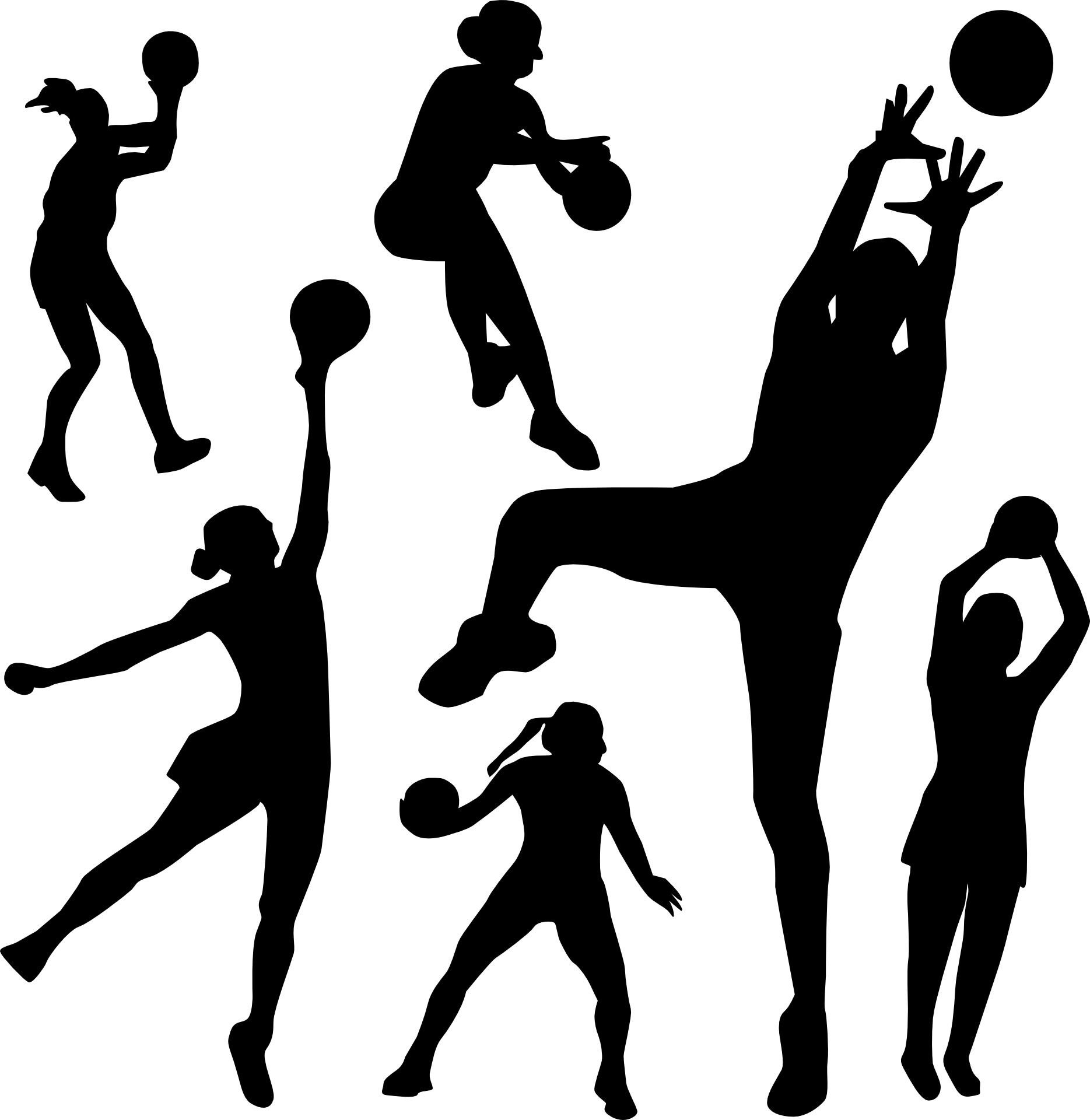We had a great workshop today at Texas Woman’s University on muscle physiology, age and training, and a hand’s on session focused on lower body exercises.
Muscle Physiology:
Muscle physiology is a difficult concept for most college students to make relevant. Textbooks and lecture generally do a great job of explaining the structures and functions, but it is often challenging to translate this into practical uses. The focus of this talk was to provide an overview of the muscle’s structural units and how they work, describe the sliding filament theory in detail, and relate all this back to the major factors that impact force production.
When it comes to force production, anything that allows for more connections between actin and myosin results in greater force. The factors that impact this include the cross-sectional area of the muscles (bigger muscles are stronger ones), the angle of pennation of the muscles, the velocity of shortening, the length of the muscles, and the fiber types. With each case we discussed why this is important, how it works in the real world, and explained where there the research is limited.
The muscle physiology talk was concluded by reviewing the state of the research regarding hypertrophy, hyperplasia, and changes to the muscle’s shape. The research covered could find no evidence of hyperplasia except with cats and very steroided-up bodybuilders. In addition, we discussed how muscles don’t experience hypertrophy uniformly throughout the muscle. Finally, we covered how plastic the muscle are with regards to changes in size, angle of pennation, and fascicle length.
Age and Training:
This part of the talk focused on the two extremes, youth (5-13) and older adults (30+). The point behind the youth discussion was that youth are not small adults, training has to be conducted differently than with adults. The main point behind the older adult discussion was that training has to be approached differently because they don’t recover in the same manner as an 18-year old.
The youth talk began by covering the common concerns; safety and effectiveness. With regards to safety, we’re unable to find any documented incidents of growth plate injuries from lighting weights. While it may have happened, it’s not in the literature anywhere. Plenty of strains, sprains, and foot injuries (dropped weights, cluttered weight rooms) but no growth plate injuries. In terms of effectiveness, we discussed how strength and conditioning improves bone mineral density, strength, speed, agility, and power in youth aged as young as five.
With older adults, we discussed changed from aging and being sedentary. To make the point that time only moves one way, we also discussed this with regards to masters weightlifters and sprinters. In other words, even if one keeps training time still only moves one way, though it is not as severe.
For both populations, we covered how to modify training and provided a number of examples, contrasting with a typical 18-year old’s training.
Hand’s On:
The hand’s on session was focused around lower body exercises, primarily squats and exercises for the posterior chain. Technical and squatting pointers were given about the back squat and front squat. Then we covered a myriad of exercises for the posterior chain; from back raises, to reverse hyperextensions, to glute-ham-raises, to Romanian deadlifts, to various types of good mornings. We also covered hamstring injuries and sprinting and how to strengthen the hamstrings to help prevent them.


